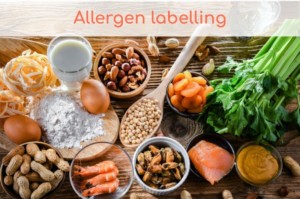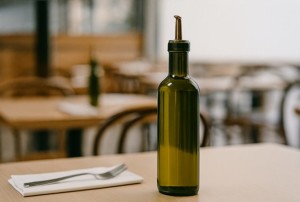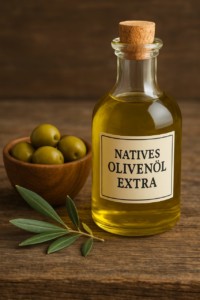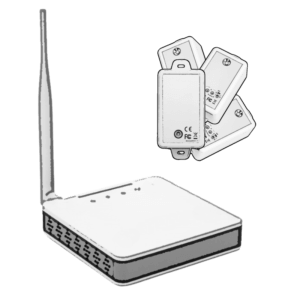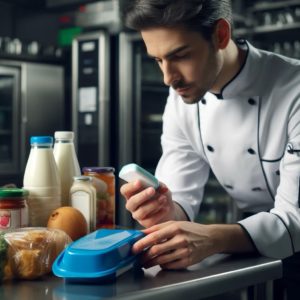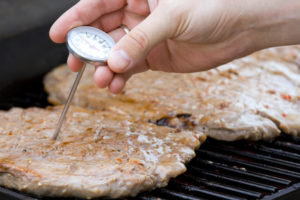Allergen Labelling 2025 – Obligations, Risks and Practical Solutions
Providing accurate information on allergens is not only a legal obligation in the food industry but also an essential requirement for consumer protection and trust. In Switzerland, Germany, and across the EU, clear regulations apply to both pre-packaged and non-prepackaged (loose) foods. These rules affect restaurants as well as bakeries, pastry shops, confectioneries, butcheries, dairies,…

